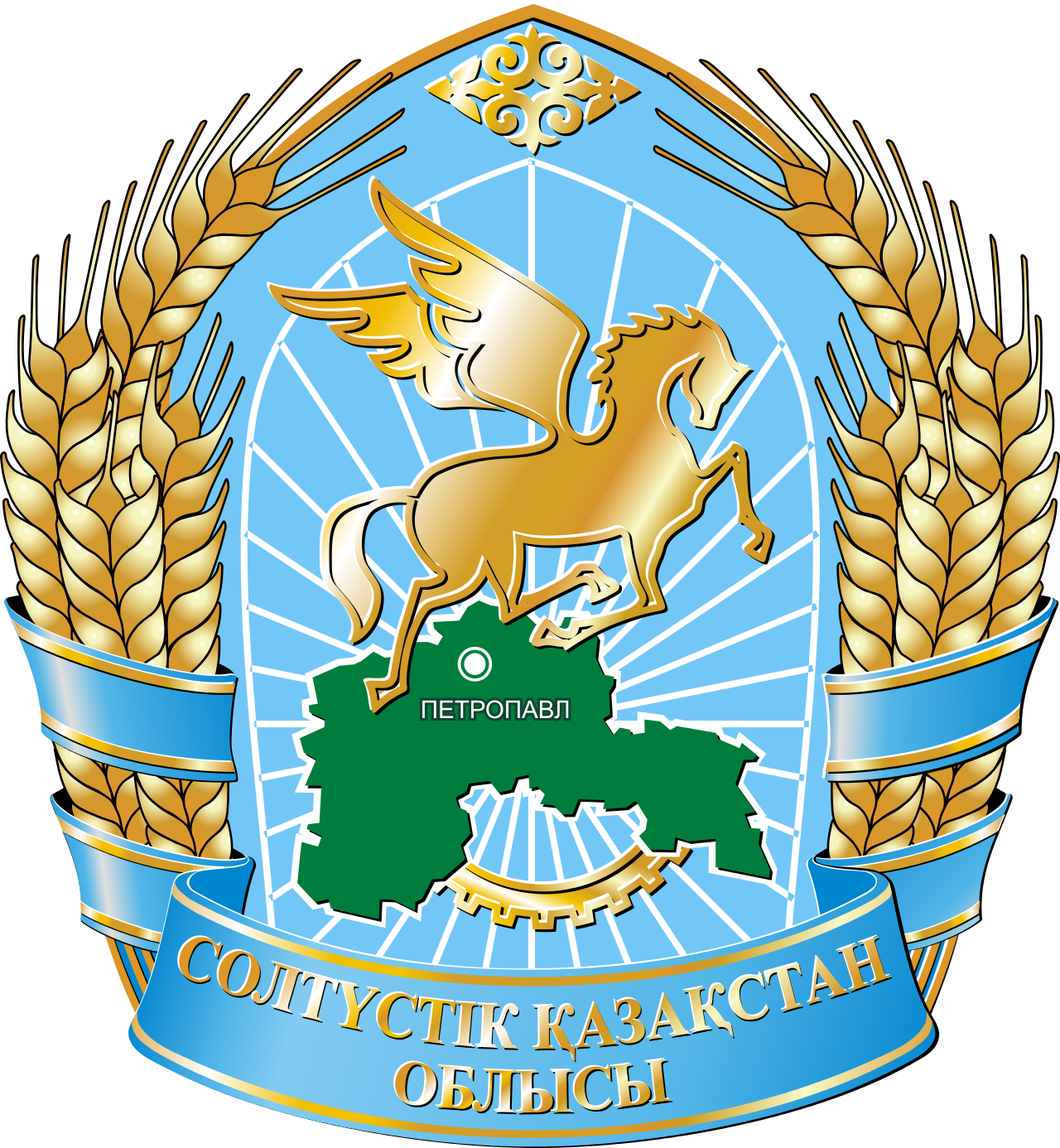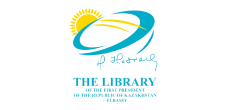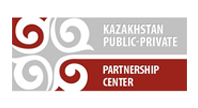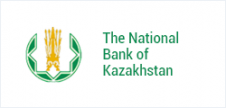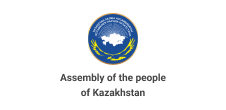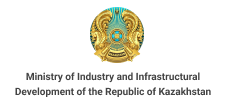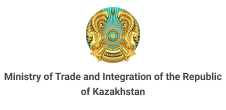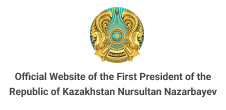Entry
North Kazakhstan region is one of 14 regions of Kazakhstan with the population totaling 597 thousand people. It borders with three regions of Russia and three regions of Kazakhstan: with Kurgan, Tyumen and Omsk regions of Russia in the north, Pavlodar region of Kazakhstan in the south-east, Akmola region in the south, Kostanay region in the west.
Petropavlovsk is the administrative center of the region.
Geography
North Kazakhstan region is located in the northern part of Kazakhstan and southern part of the West Siberian Plain and a part of the Kazakh Hummocks. The relief consists of many lakes, steppe catholes, slight low ridges, etc. The height is about 115-120 meters in the worth-east and up to 200 meters in the south and south-east.
The region is located in the same latitude with Kaluga, Tula, Tambov regions of Russia. However, it differs in climate and natural conditions due to farness from seas and oceans and is characterized with extreme continental climate.
Climate
The climate is extremely continental. The winter is long and cold (more than five months), with little snow. The summer is hot with cloudless and often rainless weather. The average temperature of January is 18.5 °C ÷ −19.5 °C, July +18.8 °C ÷ +19.5 °C. The frostless season continues 109-129 days.
All rivers belong to the basin of Ob River. The middle reach of Ishim River (400 km) with its feeders Iman-Burluk and Akan-Burluk are located in North Kazakhstan region. There are also over 1000 lakes in the region. Many of them dry up from time to time. Freshwater lakes prevail. The biggest of them are Shaglyteniz, South and North Kak, Akush, Tarankol, Mengisor, Stanovoye.
Natural resources
Many types of minerals have been explored and studied in the region. 286 deposits were developed in the region. This includes 34 metallic ore, 2 non-metallic, 217 construction and technical raw materials and 33 underground water deposits including 6 mineral water deposits.
The region is a part of the North-Kazakhstan uranium-ore, diamond-bearing and tin-rare metal province. Considerable reserves of mineral raw materials are detected which take the following shares of the balance of Kazakhstan: tin — 65%, zirconium — 36, 6%, uranium — 19%, titanium — 5%, tungsten — 1, 1%. Widening prospects of Mineral raw material base are considerable, particularly in the south-west part of the region. There is a number of major deposits and ore occurrence of gold, silver, technical, gem diamonds, tin, non-ferrous and rare metals as well brown coals.
The most prepared for development deposits are Grachevskiy, Kosachinskiy, Semizbaiskiy uranium deposits, Obukhovskiy titanium-zirconium ore deposits, Syrymbetskiy tin, Severnoye Bailusty and Dombraly-2 gold deposits.
Only some deposits of construction stone and sand are under operation. Table salt exploring is performed on the deposits of Kalibek and
Zhaksytuz lakes.
Flora and fauna
North Kazakhstan region is located in the territory of forest-steppe and steppe zones. Southern forest-steppe and forest outlier prevail in the forest-steppe zone. Southern forest-steppe zone is located in the northern part of the region and consists of birch and aspen-birch forests growing on gray forest soil and solods.
Forest-steppe outlier takes the major part of North Kazakhstan region. Mixed herbs and feather grass steppes growing on ordinary black soil prevail. The forest area makes about 8% of the region’s territory. Birch forests prevail.
The fauna consists of moose, roe deer, wild boar, wolves, foxes, hares, shrews and hedgehogs. Pikes, carps, perches, ruffs, ides live in the lakes.
Administrative subdivision
The region consists of 13 districts. The regional center is Petropavlovsk. There are 5 cities, 11 villages in the region.
Districts:
- Aiyrtau district
- Akzhar district
- Magzhan Zhumabayev district
- Yesil district
- Zhambyl district
- Kyzylzhar district
- Mamlyut district
- Shal akyn district
- Akkaiyn district
- Taiynshi district
- Temiryazev district
- Ualikhanov district
- Gabit Musrepov district
